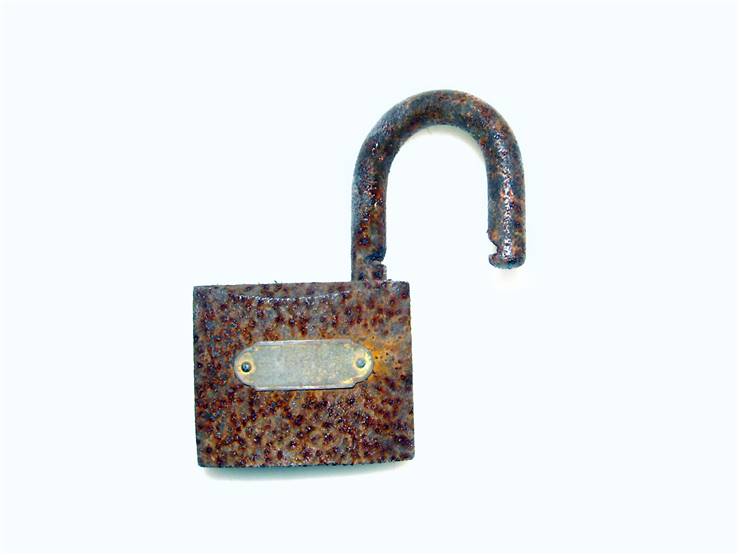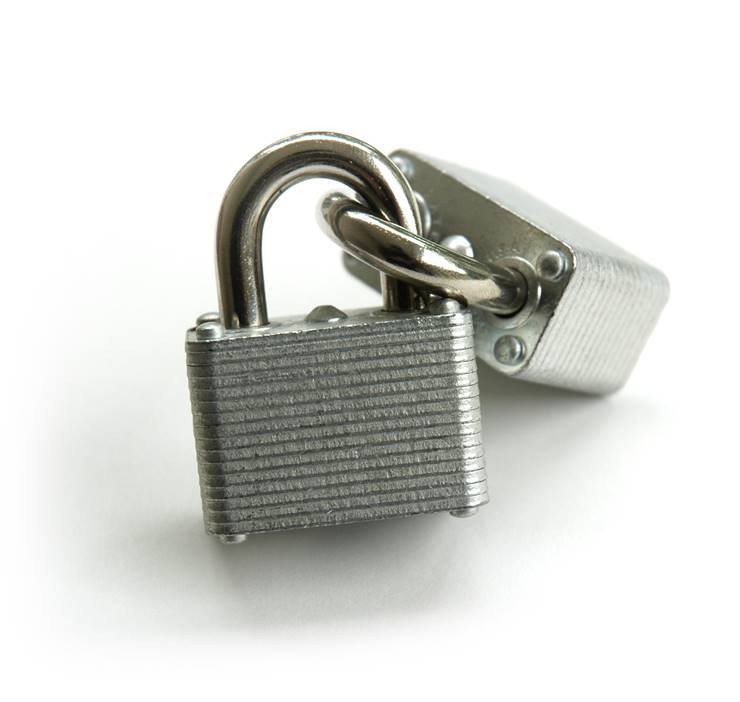History of Padlocks - Who Invented Padlock?
Padlocks are small and portable locks that have been used for several thousand years to defend against theft, unauthorized entrance, vandalism and sabotage. They first appeared in Ancient Egypt and Babylon, and slowly started to spread across ancient civilizations such as China, Greece and Rome. During their travel through our history, padlocks received numerous improvements in their design, creation of basic components and usability, making them one of the most common types of locks in the world. Today, padlocks are created in industrial facilities that create padlocks of numerous sizes (from protecting bicycles to large hangars), types (keys, combination locks), and security ratings (regulated by government sponsored organizations from all around the world).
History of padlocks started with the appearance of the first mechanical rocs, several thousand years ago. Initial efforts made by Egyptians did not manage to find appeal outside North Africa and Middle East, but Chinese models had no such problems. They developed first models od padlocks around 1000BC and continued improving them all until the reign of the Eastern Han Dynasty (25–220 AD), when they were used openly by royalty, nobility and wealthy class. Romans encountered first models of padlocks around 500 BC with the help of traders who went to Asia and returned to Europe bringing many new inventions and rare objects. This trading connection between Roman civilization and China continued up to 300 AD, when the disruption of ancient trade routes brought the start of the isolation of Europe and the start of Dark Ages.

During Dark and Middle ages two distinct types of padlock become commonplace across Europe. Smokehouse locks originated in England and consistent from wrought iron sheet using simple lever and plain lever and ward mechanisms. Sadly, Smokehouse locks did not manage to receive wide success because of the inefficiencies of building materials which were easily breakable. On the other side of Europe in Slavic areas, simple padlock that used helical key to lock and unlock bolt against a spring was used for centuries, but it also was not secure and reliable. As time went by and manufacturing technologies improved, more advanced designs started appearing. Cast iron was used to create padlock that was secured with the array of rotating disks. When key was inserted, its notched rotated each disk, lining them up to the shackle and releasing bolt. One of the rare successful padlock designs of 19th century were Scandinavian style locks (they used array of stacked iron rotating diskns) and even more popular cast heart locks which were cheap to produce, sturdy, offered a lot of protection and were reliable in frozen, moist and dirty environments. For many years, cast heart locks were used by railroad industry for locking switches and train cars.
As modern industry made significant advances in resource gathering, manufacturing and tool production, so did locksmith gain new ways of creating ever more intricate, reliable and stronger locks. In late 19th century, invention of small cartage that housed reliable locking mechanism enabled locksmiths to finally start producing locks in industrial environment - majority of the lock could be mass produced, and then locking mechanism can be simply inserted and secured. At the turn of the century, famous locksmith family Yale implemented famous "cartridge" style padlock that used sliding pin tumbler mechanism, a basic design that is still used today. Machining metal techniques appeared in early 20th century, which brought the end of the fully manual production of locks by locksmiths), in 1920s laminated padlock were introduced by Harry Soref and his Master Lock company, and Die-casting entered into production during 1930s.

Today, padlocks are created by simple production processes that create main body, shackle (usually in “U” shape) and locking mechanism that can have several security grading.

